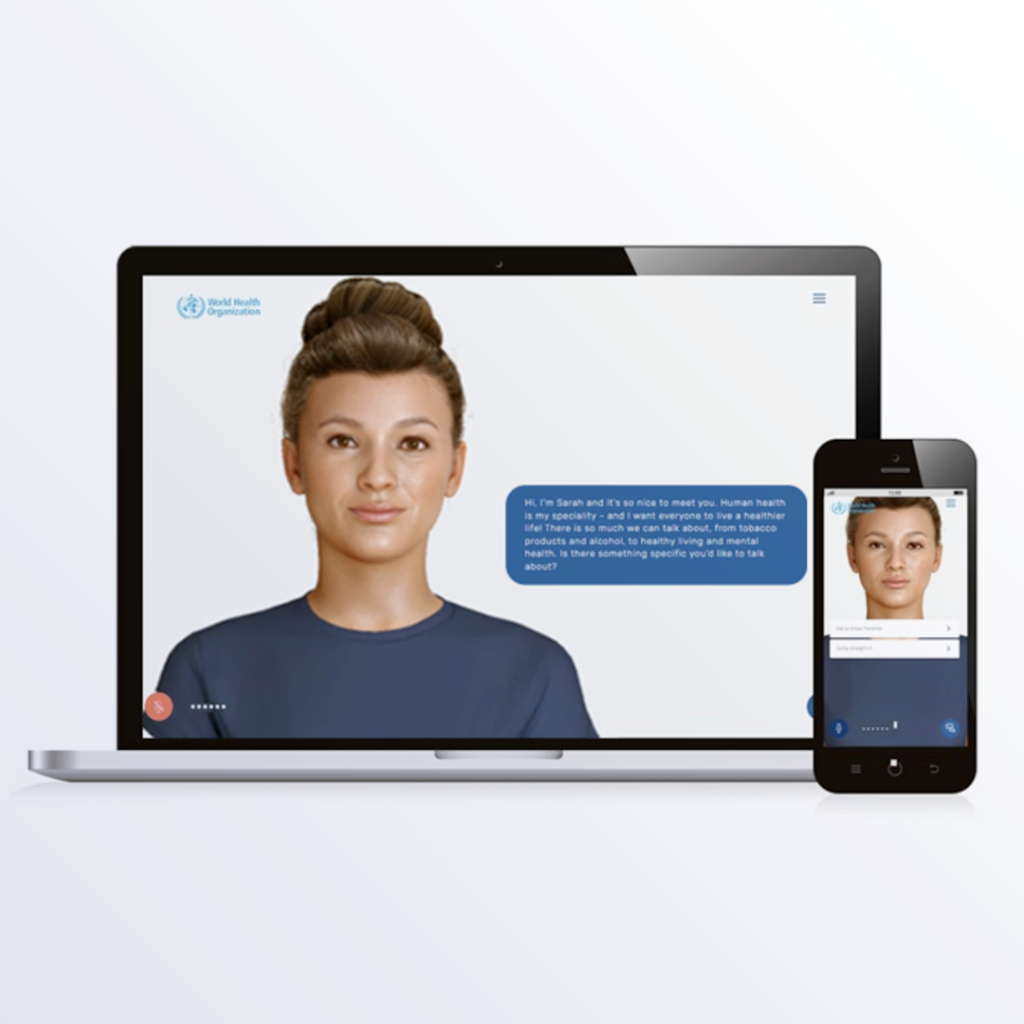Home > News Briefs – NOVEMBER 2024
News Briefs – NOVEMBER 2024
by INELDA
West Virginia Enshrines Ban on Medically Assisted Suicide Into Constitution
West Virginians added “protection against medically assisted suicide” to the state’s constitution in the November election by a narrow margin of 1%. Medically assisted suicide is already illegal in the state, but with the passage of Amendment 1, the ban became enshrined into the state’s constitution. It now declares that no health care provider or any other person can legally assist a patient in terminating their life, though the law does not ban the withdrawal of life-sustaining measures. The law also does not prevent care providers from administering pain management medication “while the patient’s condition follows its natural course.”
One of the sponsors of the resolution, Del. Pat McGeehan, has expressed concern that terminally ill patients may be vulnerable to the power of suggestion from health care providers, and that protecting people from the ability to choose an assisted death safeguards them against growing support for death with dignity laws.
McGeehan, a Republican, has said of vulnerable patients that “[m]any suffer from dementia or other types of cognitive diseases.” Existing laws supporting medically assisted suicide dictate that patients be mentally competent, disqualifying people with dementia from using death with dignity laws.
The amendment comes at a time of growing support for legal pathways toward medically assisted suicide in the United States. Between 66% and 71% of Americans say they believe doctors should be permitted to assist a patient in ending their own life, and 10 U.S. states and the District of Columbia have enshrined the right to medically assisted suicide. In each jurisdiction, the terminally ill person must take the medication on their own. Laws supporting death with dignity are endorsed by the American College of Legal Medicine, the American Public Health Association, The American Medical Student Association, and the National Hispanic Coalition on Aging, among other organizations.

New Stroke Prevention Guidelines Include Risks Specific to Women
In the American Stroke Association’s newest prevention guidelines, for the first time the organization lays out recommendations for the population that suffers 57% of strokes: women.
“Prior guidelines tended to be sex-agnostic,” Dr. Brian Snelling of the Baptist Health South Florida Marcus Neuroscience Institute told The New York Times. “Now we have more data about sex-specific subgroups, so you’re able to more appropriately screen those patients.”
Stroke is a leading cause of death in the United States, with 160,000 deaths each year attributable to stroke—even though at least 60% of strokes are preventable.
Gender-specific guidelines include evaluating the risk surrounding pregnancy and the postpartum window, when stroke risk is roughly triple what it would be otherwise. It also reveals risk factors such as menopause before age 45, endometriosis, hormonal contraception with both estrogen and progestin, and oral estrogen hormone replacement after age 59. Trans women and other people who take estrogen for gender affirmation may also face heightened risk. The report urged additional research on the role estrogen plays in stroke.
Also, for the first time, the ASA guidelines addressed social determinants of health such as poverty, limited access to nutritious foods and health care, racism, discrimination, and stress.
Digital Health Tools Could Unlock Healthier Futures
For US$0.24 per patient per year, an investment in digital health interventions—telemedicine, chatbots, mobile messaging, and the like—could help prevent more than 2 million deaths from noncommunicable disease.
A September report issued by the World Health Organization and the International Telecommunication Union outlined how digital tools can help support people in minimizing the four greatest risk factors to noncommunicable diseases, including cardiovascular disease, cancer, and diabetes. By addressing tobacco use, diet, alcohol, and physical activity, digital interventions could help combat these conditions, which together are responsible for nearly three-quarters of global deaths annually.

“The future of health is digital,” WHO director general Dr. Tedros Adhanom Ghebreyesus has said, stressing that no one organization can implement global digital health tools alone. “We call on governments, partners, and donors to come together, invest strategically, and ensure that these life-saving innovations reach those who need them most.”
Digital health interventions can vary by population. In Senegal, for example, the “mRamadan” campaign supports a healthy lifestyle during Ramadan via mobile technology; the program has more than 200,000 users. In Zambia, where more than half the population is rural, a mobile initiative connected patients in remote areas with real-time consultations with health care providers.

